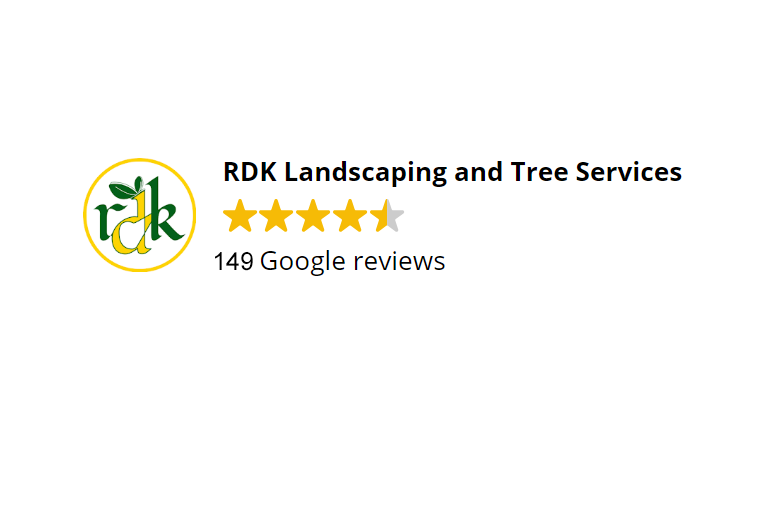
All leaves in the yard should be raked, mulched, blow-dried, bagged and composted. why? Placing foliage on your lawn can block sunlight from reaching your lawn, which can lead to lawn diseases such as snow mold.
But what’s the best way to handle the fall colors that cover lawns, sidewalks, driveways, and even roofs? Grab a rake, leaf blower, or mulch mower and let’s get started.
Leaf tool selection
Removing leaves from your yard may sound like a tedious activity, but it doesn’t have to be a daunting task. Chances are you already have a leaf removal tool in your garage, and if not, you can easily find one at a hardware store or home repair shop (Add a Link).
Leaf rake
A leaf rake removes leaves, twigs, and clippings from your yard, but raking trees is a lot of work. To make raking easier, choose a rake with an ergonomic handle and lightweight design. If you are uncomfortable holding and using the leaf rake, it can put strain on your shoulders and back, making it more difficult to remove the leaves. Choose a leaf rake with a wider tip. The wider the rake, the more leaves you can pick up with each stroke.
Leaf blower
A leaf blower is one of the most versatile landscaping tools you can buy. Homeowners and landscapers use it for many jobs including leaf removal and yard cleaning. In general, leaf blowers are easy to use, but in many cases they can be noisy. Cities and states are increasingly banning gas-powered lawn care equipment due to emissions concerns, so check local regulations before purchasing a leaf blower. Some cities limit leaf blowing times due to noise.
Mulch mower
If your lawn mower has a grass collector, fall is the time to let it go. It is better if you have a mulching mower. If your lawn is covered in leaves, you do not need to remove the leaves before mowing. In fact, shearing leaves creates a nutrient dense organic mulch for your lawn, providing an all-natural fertilizer for fall and winter. Ideally, the leaves should be cut into coin sized pieces to make an effective mulch.
When you can see about half an inch of grass above the mulched leaf layer, you’re done. As clippings go through their natural life cycle, it’s interesting how mulched leaves can benefit a lawn. Fragments of leaves begin to settle in the soil, and microbes begin the decomposition process. This makes them a valuable resource in the yard by composting the clippings and making them great food for your lawn.
How to rake leaves
Raking leaves can be a daunting task, but there are a few things you can do to make the job quicker and easier.
How to hold a pitchfork
Once you’ve found the perfect riff rake, practice proper form to make your job easier. Why this is important: Poor posture can put additional stress on your hand joints, which can be uncomfortable.
The position of your hands when raking is also important. Properly set rake will give you more power with each sweep. The leaf rake should be held with both hands and periodically repositioned to reduce tension. Keep your hands and distance between the handles for maximum stability. Keep your knees bent while scratching and avoid arching your back excessively. Bend your knees rather than your lower back to avoid straining your back and hips.
Rake in the right direction
When raking, it’s important to rake in the right direction so you don’t push the leaves on areas you’ve already treated, making the leaf removal process take longer. It is recommended to move backwards when scraping. Standing back and raking up leaves when mowing will help keep leaves from scattering where you don’t want them. Stakes should be stacked neatly at the edge of the yard.
Take your time when catching. The more thoroughly you clean each time, the less you will need to rake leaves from your lawn.
Use a tarp for easy blade cleaning
If you have an unused tarp, canvas or sheet, you can rake it up and use it to remove dead leaves from your lawn. Place a tarp on the floor near the yard to be cleaned. When raking the lawn, slide the blades over the tarp for easy cleanup. Rake leaves from a section of your lawn until the tarpaulin is full. When full, close the tarp by gently holding each edge and drag the leaves to where they will be dumped.
Wrap leaves
Placing rag leaves in a yard bag is another effective way to remove leaves. Unlike bogs or sheets, yard bags make it easy to transfer the leaves to your compost or mulch pile. Keeping the leaves in the bag allows you to step on them for more space. This way you can get the most out of your yard bag.
How to cover leaves
Start by mowing your lawn in stripes, checking for any sticking out leaf fragments from previous passes to further reduce their size and create more effective mulch. Concentric mowing is another effective way to trim and prune leaves.
Depending on the type of mower you have, you may want to set your mower to “mulch” when starting the leaf removal process. This setting works best when the grass is at its normal height and the leaves aren’t too dry. Leaves with moderate moisture are best for mulching.
Start by inserting the mulch plug into the mower and closing the side drain. Once this is done, prune as usual, trimming after the first trimming. Start the second pass perpendicular to the first pass. This makes it easy to mulch the clippings with turf.
Blow the leaves off the tarp
If you use a leaf blower, try using it with a tarp for easy cleaning. Start at the far-left corner of the lawn and start the leaf blower. Start blowing piles of leaves onto the tarp near the edge. You can clear and treat mowed grass within minutes of blowing the leaves off the tarp. To do this, fold and secure the tarp over the leaves, then carefully pull them out.
What about those leaves?
What can you do with rake or windfall leaves? As part of your fall care routine, we recommend composting all the leaves you collect. The leaves make great compost and can be used as garden soil next year. You can also mulch it with leaves to provide nutrients to your lawn.
You can improve the health of your winter dormant grass by following the foliage tips in this guide. Next spring, you will be greeted with a healthy and beautiful lawn.
When to call a professional to remove leaves
Do not rake leaves if you already have back problems or pain. If you don’t already have a leaf blower or mulch mower, have a well-equipped professional remove the leaves.
RDK Landscaping makes it easy to “let go” of your worries. Get a quote for leaf removal services in less than two minutes and our staff will blow, rake and mulch your yard in no time.
Call us at this number +1 (716)-710-0390.
Our Services
Latest Posts
- Winter Prep: How to Prepare Your Property for Snow Removal
- The Importance of Professional Tree Pruning: Benefits for Health and Safety
- Winter Prep: How to Prepare Your Property for Snow Removal
- The Ultimate Guide to Snow Plowing: Tips and Tricks for Effective Winter Maintenance
- DIY Snow Plowing: How to Successfully Tackle Winter Weather on Your Own





